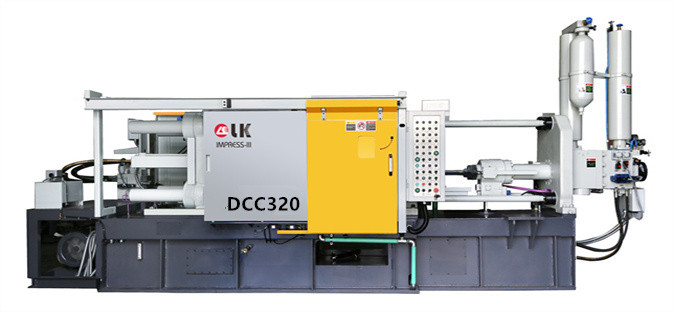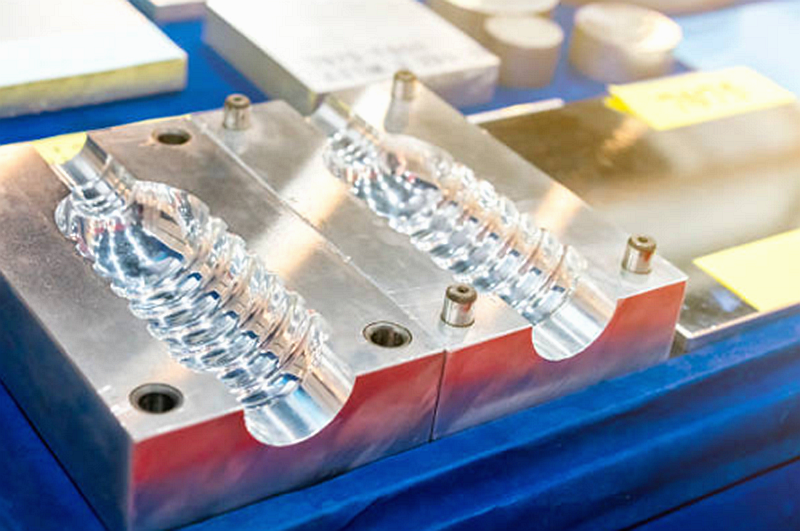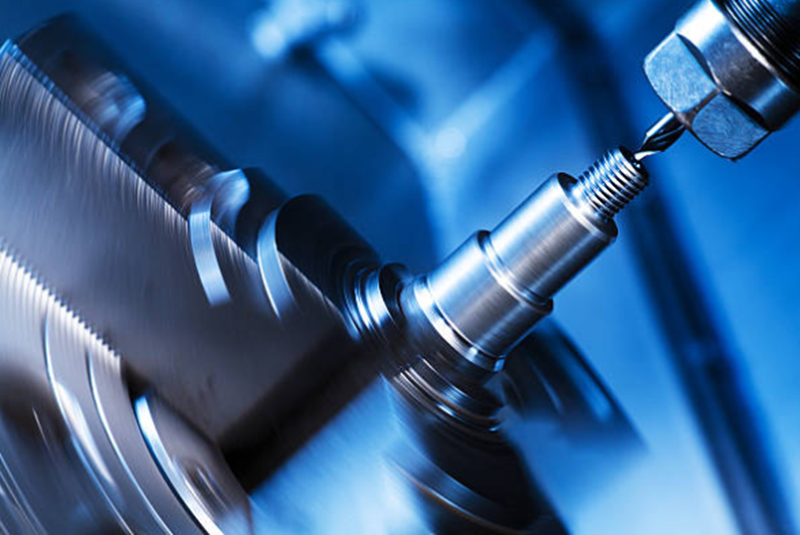Die Casting Process Steps
LK Die Casting Machine / 2024-07-30 16:13:11
Die casting is an efficient and economical manufacturing process widely used to produce various complex-shaped metal parts. The following are detailed die-casting process steps, covering the process from cast material selection to the final product.

1. Cast Material Selection
This step is crucial in the die-casting process, and the commonly used materials include aluminum, zinc, magnesium, and their alloys.
Aluminum alloys are one of the most commonly used die-casting materials due to their good mechanical properties and low density (the density of aluminum metal is about 2.7g/cm³). The choice of aluminum alloys depends on the strength, toughness, and corrosion resistance of the required parts.
2. Mold Preparing
The tool is the core part of the die-casting process, and its design and manufacturing directly affect the quality and production efficiency of the product.
Material casting tools usually use high-strength steel to ensure the durability and precision of the mold under high temperatures and high-pressure conditions. The production of the tool includes the following steps:
Mold design: 3D design according to the structure and requirements of the part.
Mold processing: Use a CNC machine for precision processing to ensure the size and surface quality of the mold.
Mold assembly: Assemble the various mold components to ensure the integrity and sealing of the mold.

3. Aluminum Wrought And Pretreatment
Aluminum wrought is a process of forming aluminum materials through high temperature and high pressure. Before die casting, aluminum ingots need to go through pretreatment steps such as smelting, purification, and degassing to remove impurities and bubbles and improve the purity and fluidity of the material.
4. Die-casting Process (take aluminum as an example)
The die-cast process is divided into two methods: hot chamber die casting and cold chamber die casting. For aluminum alloys, cold chamber die casting is usually used. The steps are as follows:
Molten aluminum liquid: Heat the aluminum ingot in a furnace to between 680-750℃ to completely melt it.
Injection into the mold: Inject the molten aluminum liquid into the preheated mold cavity under high pressure.
Cooling and solidification: The aluminum liquid cools rapidly in the mold to form a solid part.
Opening the mold and taking out the part: After the mold cools down, open it, take out the casting, and clean and trim it.
5. Product Inspection And Post-processing
After the casting is completed, strict quality inspection is required to ensure that the dimensional accuracy, surface quality, and internal structure meet the requirements. Common post-processing steps include:
Deburring: Remove burrs and flash on the surface of the casting.
Heat treatment: Improve the mechanical properties of castings through heat treatment.
Surface treatment: Sandblasting, polishing, electroplating, and other surface treatments are performed as needed to improve appearance and corrosion resistance.

6. Aluminum Alloy Cost Analysis And Optimization
The cost analysis of the die-casting process involves many aspects, including material cost, mold cost, processing cost, and labor cost. The aluminum alloy cost is relatively low, with the cost of aluminum per gram being about 0.2-0.3 yuan, and the aluminum casting price per kg is about 20-30 yuan. By optimizing the process flow and improving production efficiency, the production cost can be effectively reduced.
7. Performance And Application
The tensile strength of aluminum castings is excellent(usually 40,000-70,000 psi) and it is widely used in automotive, aviation, electronics, and consumer products. Its lightweight and high strength characteristics make it occupy an important position in modern industry.
8. Die-casting Technology Literature Resources
To gain a deeper understanding of die-casting technology, you can refer to relevant books and literature. For example, the book "Die Casting Process and Mold Design" provides detailed die-casting process principles and mold design guidelines, and many die-casting books can be downloaded for free.
Conclusion
Through the introduction of the above die-casting process steps, it can be seen that die-casting is an efficient and precise manufacturing method suitable for the mass production of high-quality metal parts.
Reasonable selection of materials, precise design of molds, and strict control of process parameters are the keys to ensuring the quality of die-casting products and reducing costs.
I hope this article can provide you with practical information to help them better understand and apply die-casting technology.
For more info, you can refer to: https://www.youtube.com/shorts/JLX410QV_kw
Contact LK Egypt to learn more info about the die-casting machine
LK AGENT OFFICE DCM
Address: Industry Zone, South of Port Said Kebly, Egypt
https://www.zazdiecasting.com/
Phone/WhatsApp/Wechat: +86 13598704163
Mobile: +20 101 304 3317 +20 150 181 8310
Email: jack@zazmae.com ahmedmahmoud@zazmae.com
OTHER CONTENT
-

2024-09-19 14:16:15 LK Cold Chamber Die Casting Machine DCC900 Locking Force: 9000KN Die Height: 400-1000mm Space Between Tie Bars: 930x930mm Shot Weight: 13.5Kg Casting Area Max:2250c㎡
More -

2024-09-19 14:11:06 LK Cold Chamber Die Casting Machine DCC280 Locking Force: 2800KN Die Height: 250-650mm Space Between Tie Bars: 560x560mm Shot Weight: 2.9Kg Casting Area Max:700c㎡
More -

2024-09-19 10:23:07 LK Cold Chamber Die Casting Machine DCC580 Locking Force: 5000KN Die Heigh: 350-850mm Space Between Tie Bars: 760x760mm Shot Weight: 6.9Kg Casting Area Max:1250c㎡
More -

2024-09-19 10:11:20 LK Cold Chamber Die Casting Machine DCC400 Locking Force: 4000KN Die Height: 300-700mm Space Between Tie Bars: 669x669mm Shot Weight: 4.7Kg Casting Area Max:1000c㎡
More

